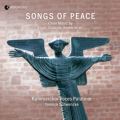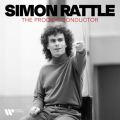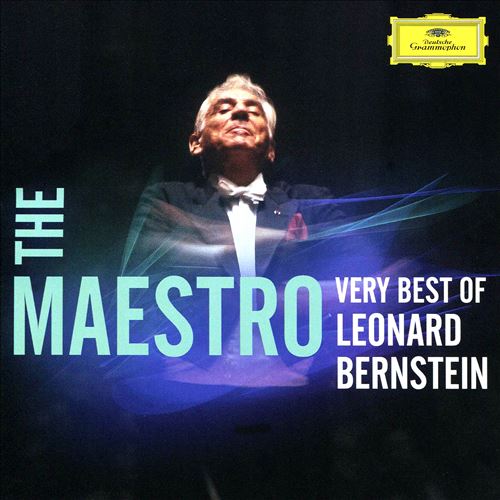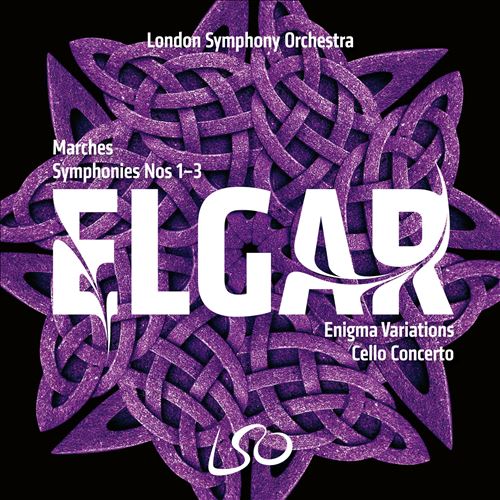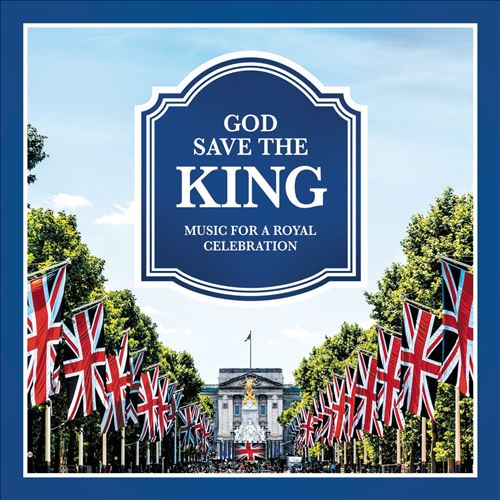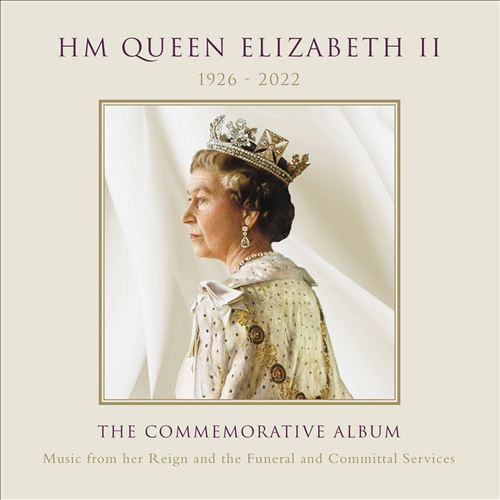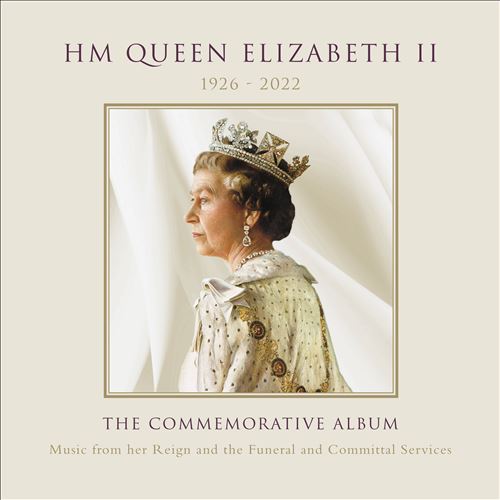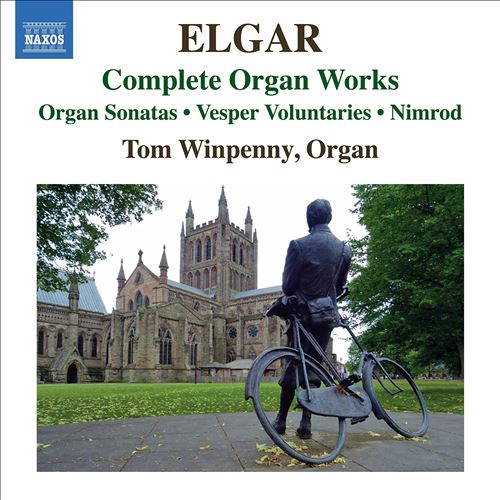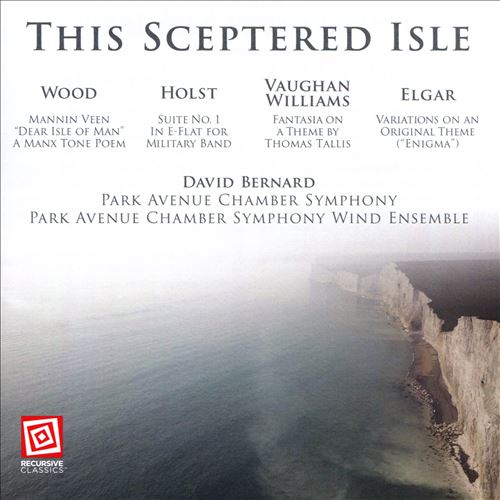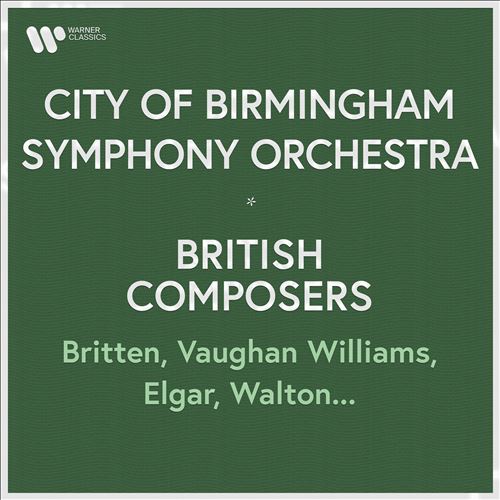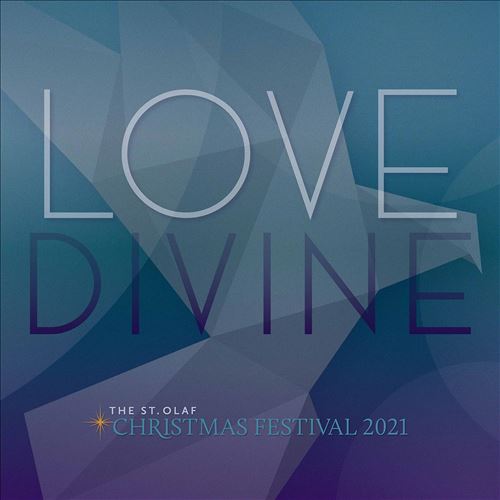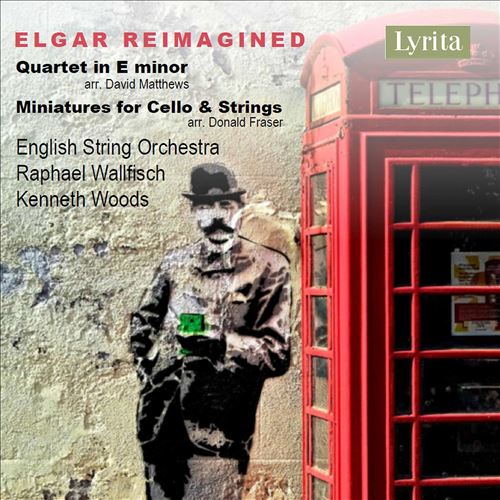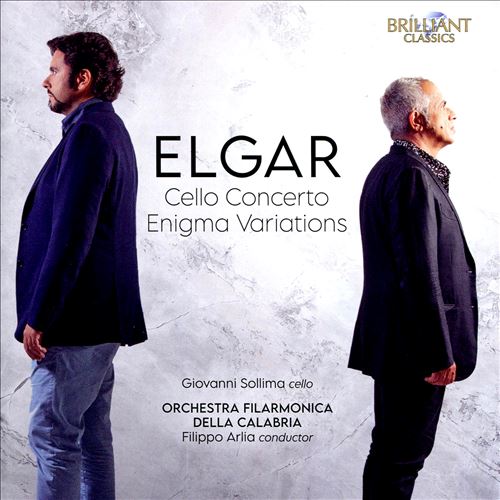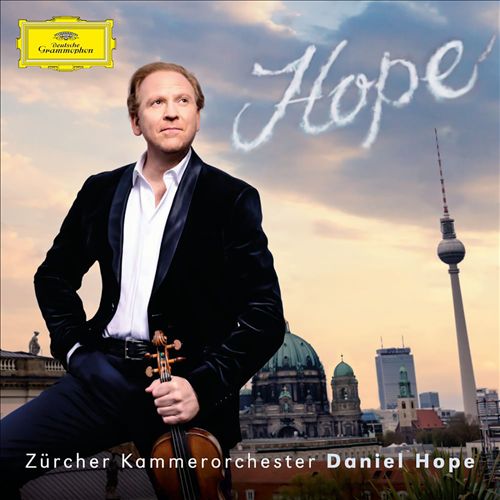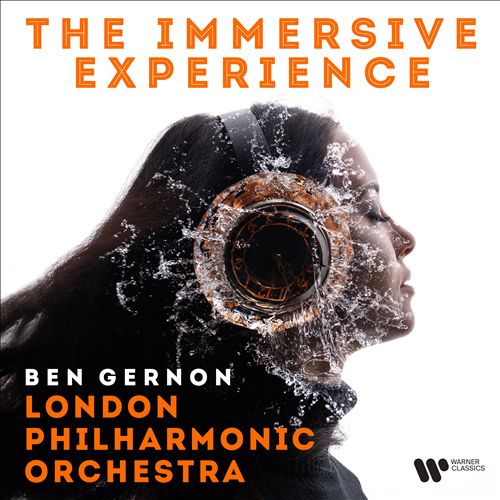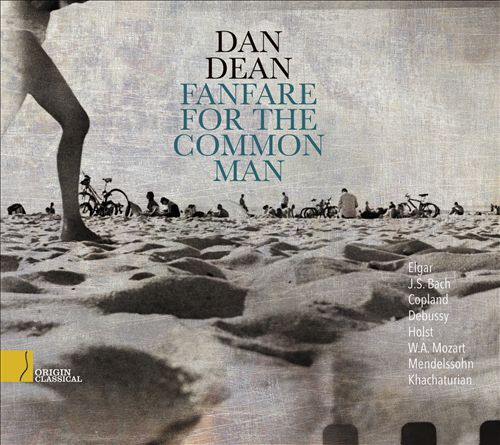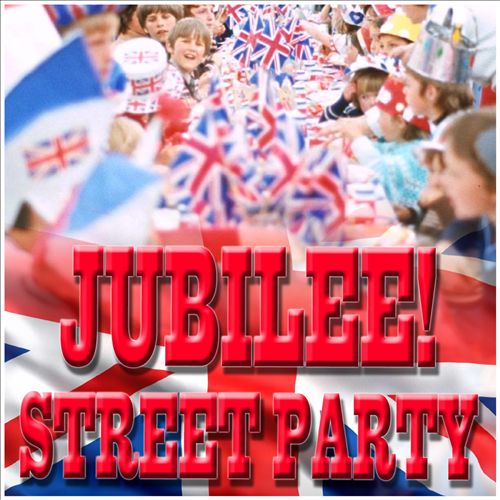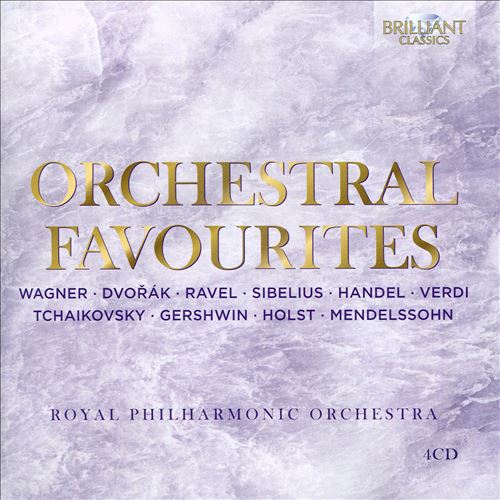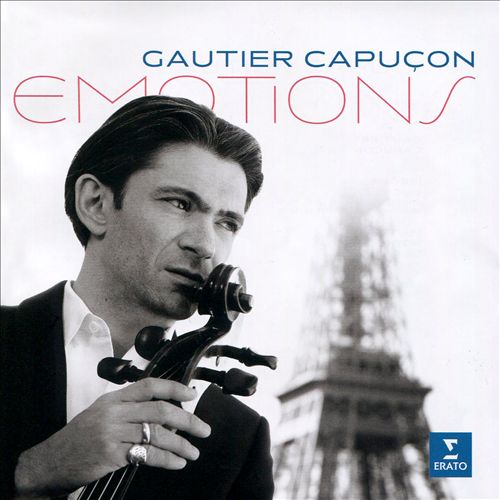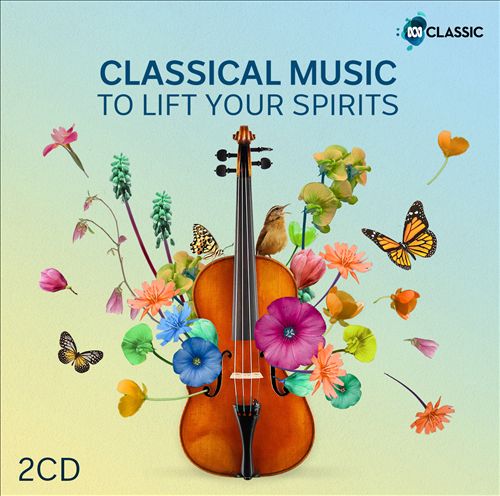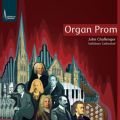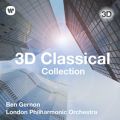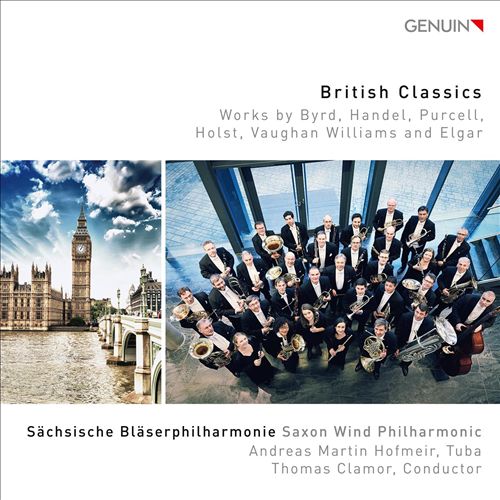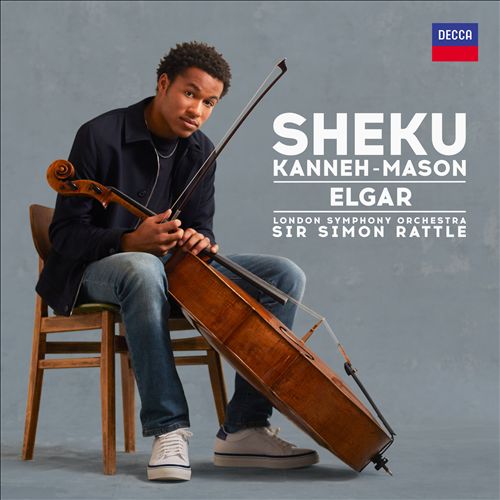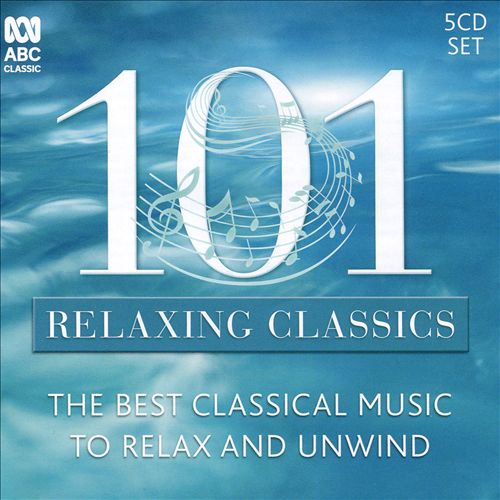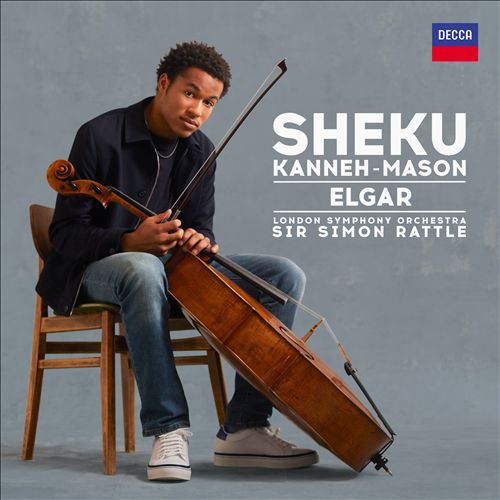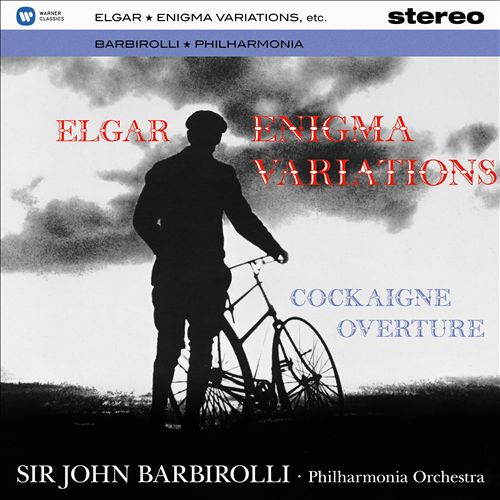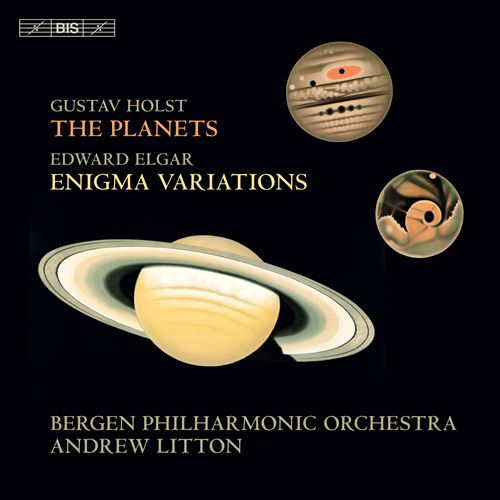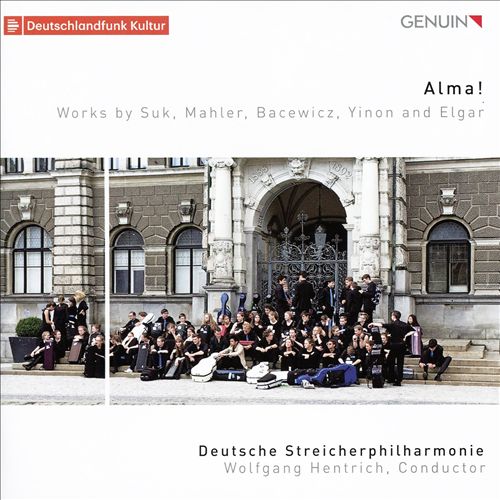Edward Elgar (에드워드 엘가)
Enigma Variations, Op. 36
100
10,000
1,400
WORK INFO
작곡가: Edward Elgar (에드워드 엘가)작곡년도: 1898 - 1899평균연주: 30:27악장1Theme. Andante1:362C.A.E. (C. Alice Elgar, composer's wife - romantic & delicate)1:563H.D.S.-P. (Hew David Steuart-Powell, pianist friend - diatonic run)0:464R.B.T. (Richard Baxter Townshend - low voice potrayed by bassoon)1:245W.M.B. (William Meath Baker, 'country squire,' gentleman, scholar)0:336R.P.A. (Richard Penrose Arnold, self-taught pianist)2:057Ysobel (Isabel Fitton, viola player - pensive & romantic)1:218Troyte (Arthur Troyte Griffith - saying the unexpected)0:599W.N. (Winifred Norbury - characteristic laugh)1:5110Nimrod (August J. Jaeger - discourse on Beethoven's 'Pathétique')3:5411Dorabella (Intermezzo) (Dora Penny - dancelike lightness)2:3912G.R.S. (George Robert Sinclair - his dog falling into the river)0:5713B.G.N. (Basil G. Nevinson, amateur cellist - cello solo)2:4214(Romanza) (Lady Mary Lygon on a sea voyage to Australia, throb of engines - throb of drums)2:4915E.D.U. Finale. Allegro (Elgar himself)5:21Edward Elgar composed his Variations, Op. 36, popularly known as the Enigma Variations, between October 1898 and February 1899. It is an orchestral work comprising fourteen variations on an original theme. Elgar dedicated the work 'to my friends pictured within', each variation being a musical sketch of one of his circle of close acquaintances (see musical cryptogram). Those portrayed include Elgar's wife Alice, his friend and publisher Augustus J. Jaeger and Elgar himself. In a programme note for a performance in 1911 Elgar wrote:This work, commenced in a spirit of humour & continued in deep seriousness, contains sketches of the composer’s friends. It may be understood that these personages comment or reflect on the original theme & each one attempts a solution of the Enigma, for so the theme is called. The sketches are not ‘portraits’ but each variation contains a distinct idea founded on some particular personality or perhaps on some incident known only to two people. This is the basis of the composition, but the work may be listened to as a ‘piece of music’ apart from any extraneous consideration.In naming his theme ‘Enigma’ Elgar posed a challenge which has generated much speculation but has never been conclusively answered. The Enigma is widely believed to involve a hidden melody. After its 1899 London premiere the Variations achieved immediate popularity and established Elgar's international reputation. The work has been recorded over 60 times.
Elgar described how on the evening of 21 October 1898, after a tiring day's teaching, he sat down at the piano. A melody he played caught the attention of his wife, and he began to improvise variations on it in styles which reflected the character of some of his friends. These improvisations, expanded and orchestrated, became the Enigma Variations. Elgar considered including variations portraying Arthur Sullivan and Hubert Parry, but was unable to assimilate their musical styles without pastiche, and dropped the idea.From WIKIPEDIA
RELEASED ALBUMS
-
Songs of Peace: Choir Music by Elgar, Chilcott, Rutter et al.May 30, 2025
-
The Roaring SeventiesJanuary 19, 2025
-
The Prodigy ConductorDecember 20, 2024
-
The Maestro: The Very Best of Leonard BernsteinDecember 1, 2023
-
Elgar: Symphonies Nos. 1-3; Enigma Variations; Cello Concerto; MarchesNovember 24, 2023
-
God Save the King: Music for a Royal CelebrationMay 5, 2023
-
HM Queen Elizabeth II 1926-2022: The Commemorative Album – Music from Her Reign and the Funeral and Committal ServicesDecember 9, 2022
-
Nimrod from Enigma Variations, Op. 36 (arr. Farrington as "Pie Jesu" for Chorus and Orchestra)November 11, 2022
-
Elgar: Complete Organ WorksSeptember 23, 2022
-
This Sceptered IsleApril 8, 2022
-
City of Birmingham Symphony Orchestra: British ComposersMarch 18, 2022
-
Love Divine: Christmas Festival 2021March 4, 2022
-
Elgar Reimagined: Quartet in E minor; Miniatures for Cello & StringsFebruary 4, 2022
-
Elgar: Cello Concerto; Enigma VariationsOctober 22, 2021
-
HopeOctober 8, 2021
-
The Immersive ExperienceJune 11, 2021
-
Fanfare for the Common ManMay 21, 2021
-
Jubilee! Street PartyFebruary 4, 2021
-
Orchestral FavouritesNovember 20, 2020
-
EmotionsNovember 20, 2020
-
Classical Music to Lift Your SpiritsNovember 13, 2020
-
Organ PromOctober 2, 2020
-
3D Classical Collection [Amazon]July 15, 2020
-
British ClassicsFebruary 7, 2020
-
ElgarJanuary 10, 2020
-
101 Relaxing Classics [ABC Classic]November 15, 2019
-
Elgar: Enigma Variations: 9. Nimrod (Adagio)October 29, 2019
-
Elgar: Enigma Variations; Cockaigne OvertureSeptember 27, 2019
-
Gustav Holst: The Planets; Edward Elgar: Enigma VariationsJuly 5, 2019
-
Alma!: Works by Suk, Mahler, Bacewicz, Yinon and ElgarJuly 5, 2019
FEATURED MOVIES
-
 02:37엘가: 수수께끼 변주곡 Op. 36 10. Nimrod
02:37엘가: 수수께끼 변주곡 Op. 36 10. Nimrod -
 03:09엘가: 수수께끼 변주곡 Op. 36 Nimrod16 Februar 2012Berliner Philharmoniker's Digital Concert Hall
03:09엘가: 수수께끼 변주곡 Op. 36 Nimrod16 Februar 2012Berliner Philharmoniker's Digital Concert Hall -
 02:42엘가: 수수께끼 변주곡 Op. 36 Nimrod2014
02:42엘가: 수수께끼 변주곡 Op. 36 Nimrod2014 -
 04:23엘가: 수수께끼 변주곡 Op. 36 Nimrod30.6.2013
04:23엘가: 수수께끼 변주곡 Op. 36 Nimrod30.6.2013 -
 31:12엘가: 수수께끼 변주곡 Op. 3624th of November 2012
31:12엘가: 수수께끼 변주곡 Op. 3624th of November 2012 -
 04:21엘가: 수수께끼 변주곡 Op. 36 Nimrod1997Carnegie Hall
04:21엘가: 수수께끼 변주곡 Op. 36 Nimrod1997Carnegie Hall -
 29:02엘가: 수수께끼 변주곡 Op. 36
29:02엘가: 수수께끼 변주곡 Op. 36 -
 04:43엘가: 수수께끼 변주곡 Op. 36 NimrodOctober 27, 2012
04:43엘가: 수수께끼 변주곡 Op. 36 NimrodOctober 27, 2012 -
 31:15엘가: 수수께끼 변주곡 Op. 3630.04.2014Sesc Palladium
31:15엘가: 수수께끼 변주곡 Op. 3630.04.2014Sesc Palladium -
 02:30엘가: 수수께끼 변주곡 Op. 36
02:30엘가: 수수께끼 변주곡 Op. 36 -
 04:33엘가: 수수께끼 변주곡 Op. 36 NimrodSir Edward Elgar, at the Second Baptist Church in Houston, Texas.
04:33엘가: 수수께끼 변주곡 Op. 36 NimrodSir Edward Elgar, at the Second Baptist Church in Houston, Texas. -
 33:36엘가: 수수께끼 변주곡 Op. 364th December 2011Albert Hall Canberra
33:36엘가: 수수께끼 변주곡 Op. 364th December 2011Albert Hall Canberra -
 04:06엘가: 수수께끼 변주곡 Op. 36 Nimrod2011London England
04:06엘가: 수수께끼 변주곡 Op. 36 Nimrod2011London England -
 04:21엘가: 수수께끼 변주곡 Op. 36 Nimrod
04:21엘가: 수수께끼 변주곡 Op. 36 Nimrod -
 04:09엘가: 수수께끼 변주곡 Op. 36 NimrodCaracas, Venezuela
04:09엘가: 수수께끼 변주곡 Op. 36 NimrodCaracas, Venezuela
ALBUM MUSIC
WORKS SHOUTS


